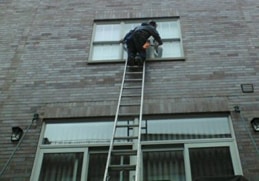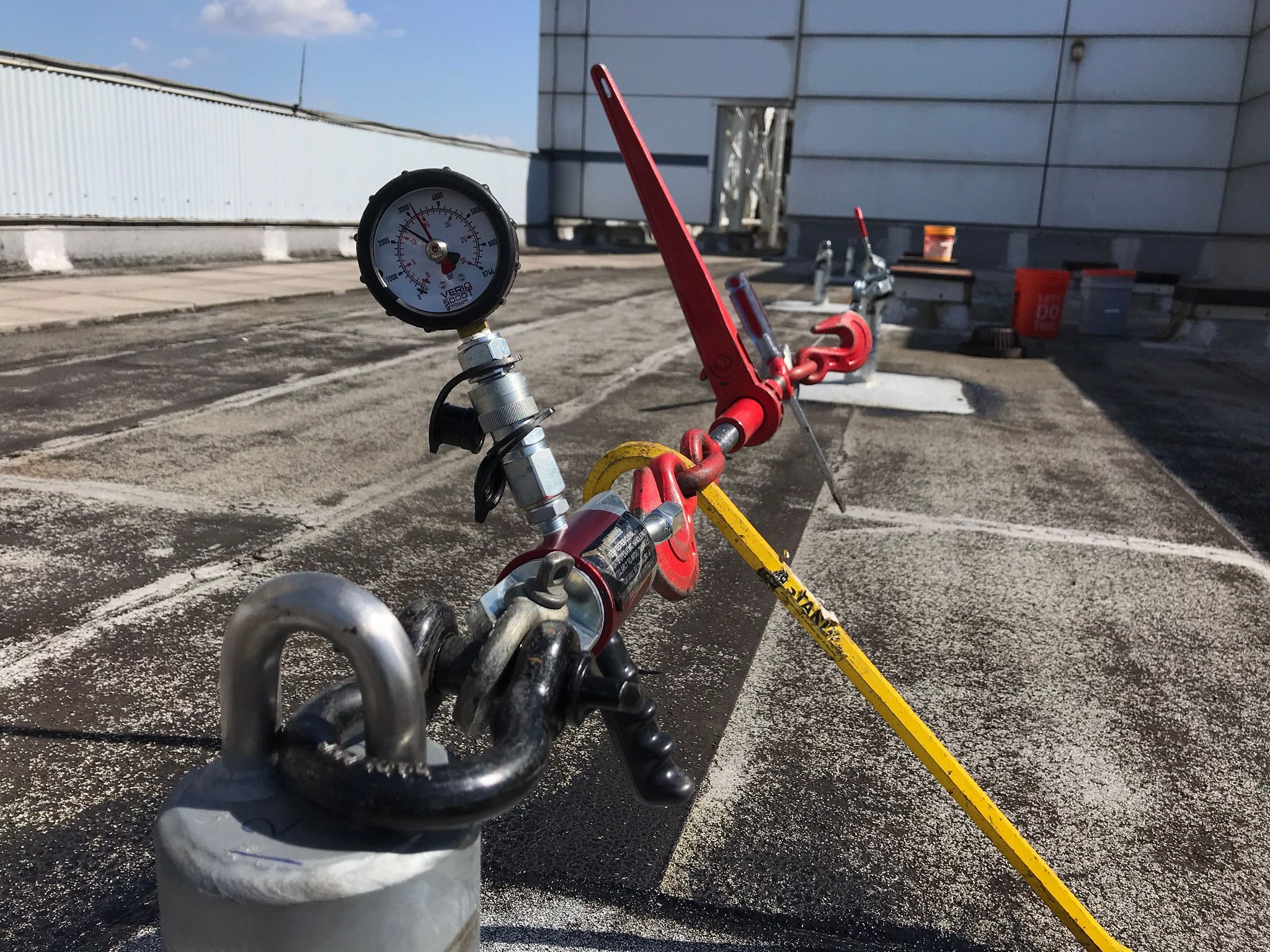General Requirements, Stairways
- Employers shall ensure the size of stairway landings or platforms is not less than the stair width, and not less than 30-inches in depth, as measured in the direction of travel.
- Additionally, employers ensure individual stairs can support at least five-times the normal anticipated live load, and never less than a concentrated load of 1,000 pounds, applied at any point on the stairway.
Standard Stairs
- Employers must install standard stairs, at angles between 30 and 50 degrees from the horizontal.
- Requires that employers ensure standard stairs have a MAXIMUM riser height and MINIMUM tread depth of 9.5-inches, with an exception for stairs installed prior to January 17, 2017
- Employers must ensure standard stairs have a minimum width of 22-inches between vertical barriers, such as stair rails, guardrails or walls.
VERY INTERESTING… ANGLES RECOMMENDED- for Ramps, Standard Stairs, Alternating Tread-Type Stairs or Ship Stairs, or Ladders.
How to determine what type of device should be used, is based on the slope to the higher level, a worker is needing access to:
≤ to 30 0 Ramps
30 0 to 50 0 Standard Stairs
50 0 to 70 0 Ship Stairs or Alternating Tread-Type Stairs
60 0 to 90 0 Ladders
Tell me MORE about RAMPS – the 2018 International Building Code, Section 1010 – addresses ramps as follows:
- Ramps surfaces must be stable, firm, and slip resistant.
- Exposed exterior ramps and their approaches are to be constructed to prevent the accumulation of water on walking surfaces.
- Ramps as a part of egress (exiting) can only have a maximum slope of 1:12.
- The maximum rise for any run is 30-inches (then there has to be a landing, before an additional ramp is added, if required).
Important things to know, review more articles OSHAs
OSHA’s – 1910.22 General Requirements
OSHA Recognized 3-Levels of Skill- Work at Height
Important Definitions per OSHA
OSHA’s – 1910.140 Personal Fall Protection Systems
OSHA’s – 1910.29 Fall Protection Systems & Falling Object Protection- Criteria and Practices
OSHA’s – 1910.28 Duty to have Fall Protection & Protection from Falling Objects
OSHA’s – 1910.30 Training Requirements
OSHA’s – 1910.23 Ladders- Fixed and Portable



